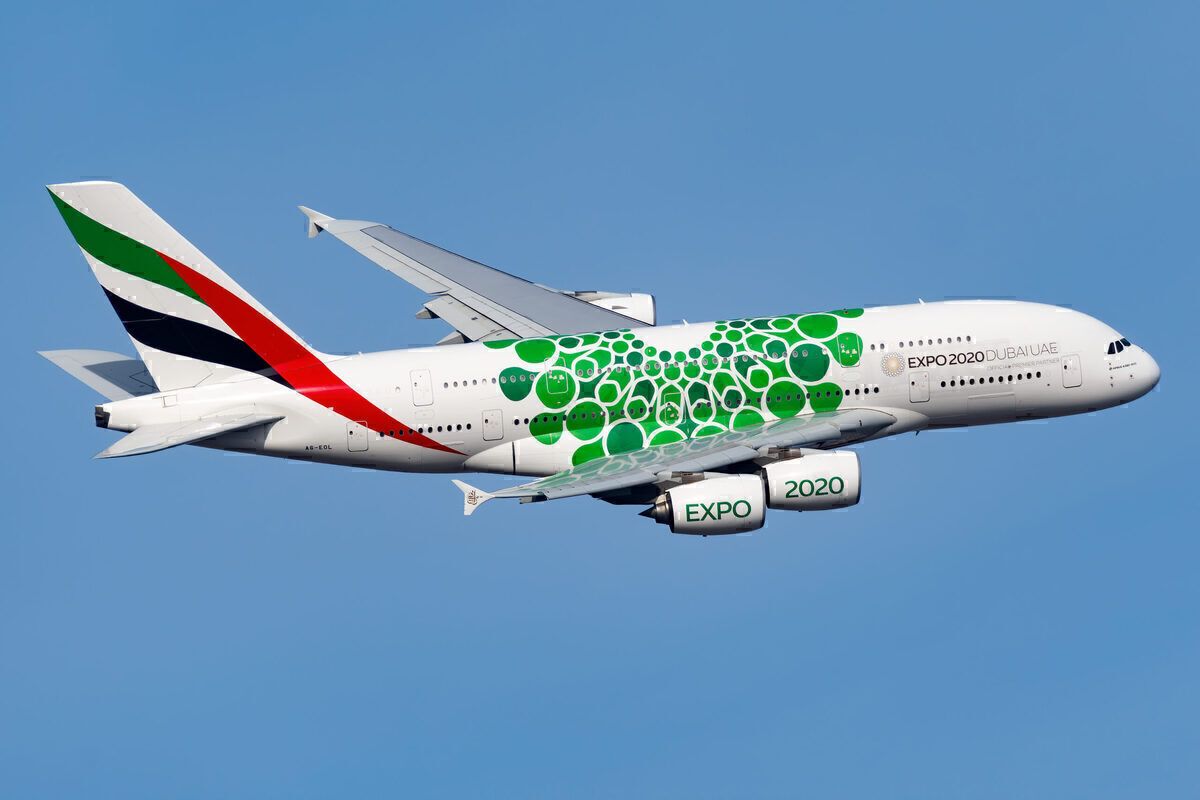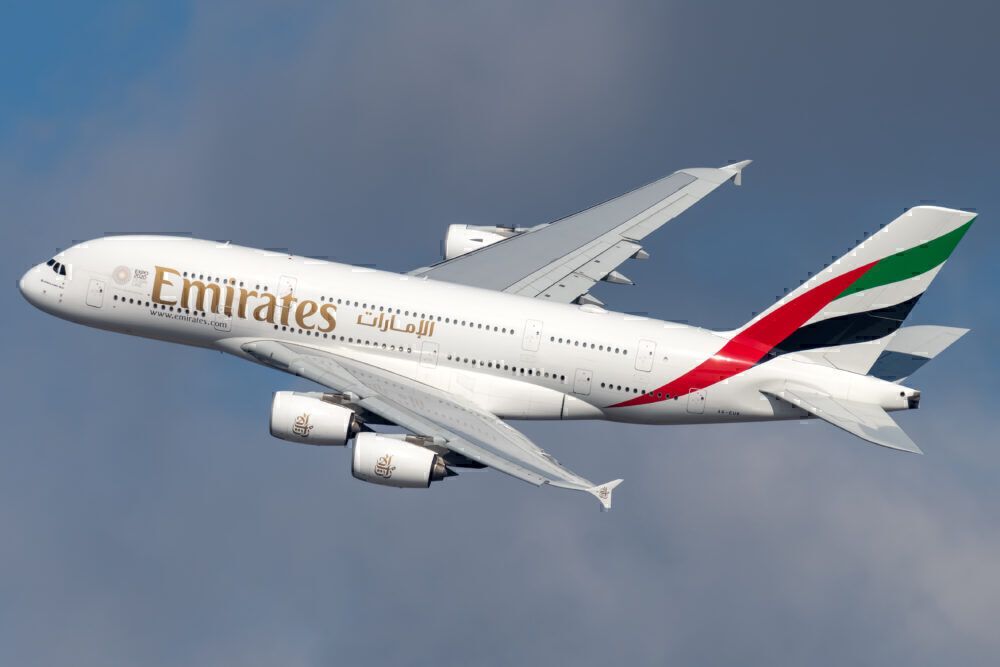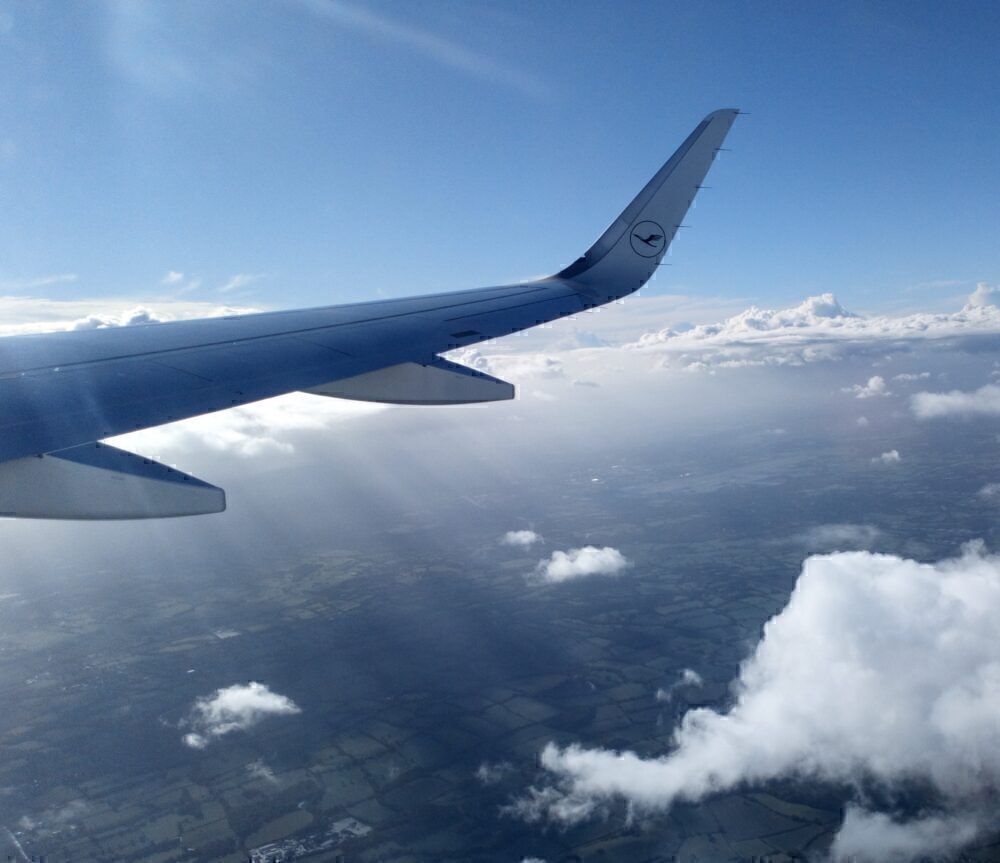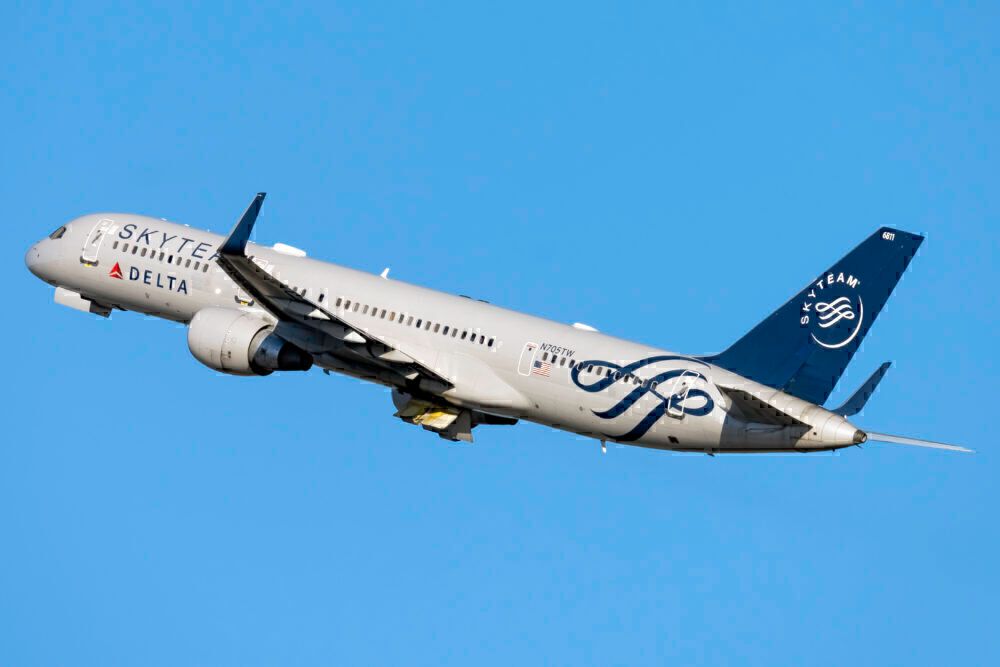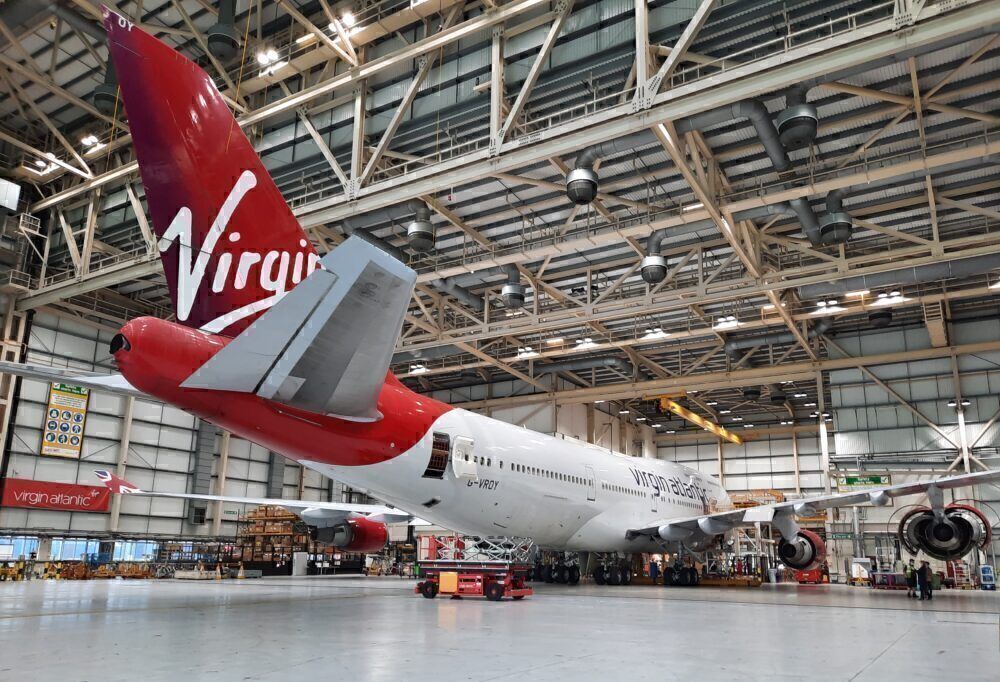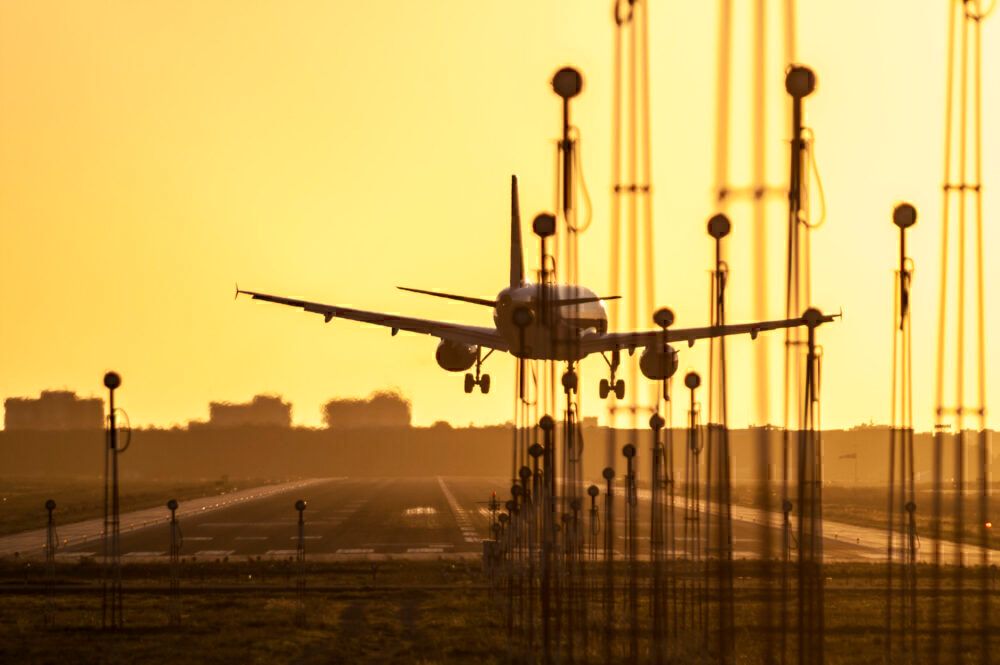One of the most recognizable feelings of being a passenger on a commercial flight is that of the aircraft turning. As well as the tangible sense that the plane's fuselage has begun to tilt, the changing angle of the light streaming in through the windows also gives a visual clue as to what is unfolding. One generally associates such maneuvers with takeoff and landing, but what has to happen for them to occur? And how else might pilots adjust their direction of travel?
Various control surfaces
When in the air, pilots dictate a plane's directions by adjusting a variety of control surfaces. These are its ailerons, rudders, and elevators. However, the latter of these controls the aircraft's pitch - in other words, its angle of either climb or descent.
As such, alone, it does not directly influence a plane's direction of travel in terms of turning the aircraft. Elevators are located at the tail of the aircraft on what is known as the horizontal stabilizer.
Stay informed: Sign up for our daily aviation news digest.
Meanwhile, the ailerons and rudders play a much more significant role in keeping the plane pointing in the direction that it is meant to be going. Ailerons are situated at the rear of an aircraft's wings. These are the most conspicuous control surface as far as what passengers can see from within the cabin.
Finally, there is the rudder, which is a moving part of the plane's tailfin. Being situated close to the aircraft's vertical stabilizer, it might be easy to confuse the two. However, as we shall see, there is a crucial difference between the two in terms of their functions.
What do ailerons do?
As we have established, ailerons are the most visually conspicuous control surface from a passenger's perspective. The movements that they enable an aircraft to make are also among the most obvious in terms of what passengers can tangibly feel.
The role of ailerons is to raise and lower the aircraft's wings. Pilots adjust these surfaces with a control wheel. They serve to change the aircraft's angle of roll. As NASA reports, "turning the control wheel clockwise raises the right aileron and lowers the left aileron, which rolls the aircraft to the right."
Of course, the same is true in the opposite direction. That is to say that turning the control wheel anticlockwise ultimately rolls the aircraft to the left. Such maneuvers are known as banking turns, and they serve to change the plane's heading. Funnily enough, rudders, which we shall further explore shortly, also have a part to play in banking turns. NASA states that:
"The rudder is used during the turn to coordinate the turn, i.e. to keep the nose of the aircraft pointed along the flight path. If the rudder is not used, one can encounter an adverse yaw in which the drag on the outer wing pulls the aircraft nose away from the flight path."
How do rudders work?
An aircraft's rudder controls what is known as its yaw. This term refers to lateral movement around a vertical axis, which angles the aircraft to the left or right without adjusting its angle of roll. Pilots control the rudders with foot pedals. This places them in contrast to ailerons, which, as we have established, are operated with a control wheel. On larger aircraft, such as the Boeing 747, the rudder consists of two moveable control surfaces.
These pedals are linked to a series of hydraulics that adjust the rudder in correspondence with the pressure from the pilot's feet. This means that, when the pilot presses a given rudder pedal, the aircraft will yaw in that direction. According to Aviation Stack Exchange, this allows for greater precision than if it were operated electronically, by computerized controls.
As mentioned earlier, you might sometimes accidentally find yourself confusing an aircraft's rudder with its vertical stabilizer. After all, these components are both found at the rear of an aircraft.
However, there is a key difference that helps tell their roles apart. While the rudder is a moveable surface that provides yaw controllability, the vertical stabilizer remains static. Its function, Aviation Stack Exchange says, is to provide yaw stability. As user Sean puts it:
"The rudder allows the aircraft to slip sideways when you want it to; the vertical stabilizer keeps it from slipping sideways when you don't want it to."
Crucial in crosswinds
Rudders are a particularly vital component when it comes to landing aircraft under crosswind conditions. This is because aircraft will approach a runway at an angle to mitigate against the crosswind's effects.
Visually, it can sometimes appear as if the plane is almost flying sideways. As such, this maneuver is known as 'crabbing,' as these crustacean creatures are also known for walking sideways. Their stiff, jointed legs mean that it is easier and quicker for them to travel like this.
When performing such a landing, the rudder plays a crucial role in bringing the aircraft out of the crab. Just before the landing flare, the pilot will apply the rudder in the direction that aligns the aircraft with the runway. Simultaneously, they will use the opposite aileron to keep the wings level. This ensures that all aspects of the aircraft are correctly aligned with the runway on touchdown. This allows safe landings to take place amid the strongest crosswinds.
Do you enjoy the sensation of turning while onboard an aircraft? Let us know your thoughts in the comments!

